Hello, explorers of the unknown and aficionados of knowledge! I’m Gab, and I’m here to take you on a fascinating journey through the wonders and mysteries that our world and universe have to offer. From the far corners of history to the far reaches of outer space, this blog is a meeting point for curious minds that seek answers and enjoy the wonder that knowledge brings.
In each entry, we will unravel together the secrets of science, explore the feats of humanity and immerse ourselves in the most amazing anecdotes that have shaped our reality. With a touch of humor, a dash of wonder and a large dose of fascinating facts, I invite you to join this intellectual adventure.
Are you ready to challenge your knowledge and expand your perspective? Join me in this journey through knowledge, where every question is a door to a universe of possibilities!
What is the largest planet in our solar system?
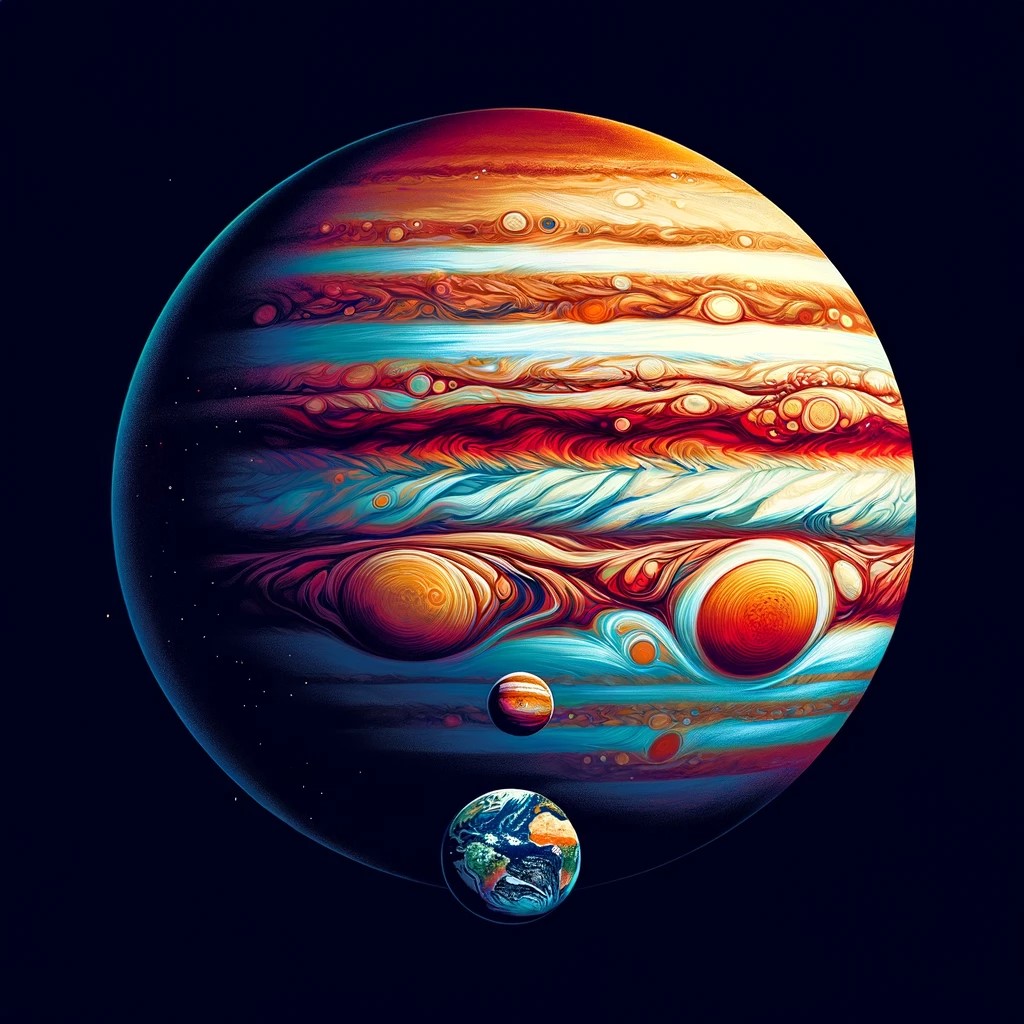
With a diameter of an impressive 139,820 kilometers (that’s about 86,881 miles, folks!), Jupiter takes the title of largest, and boy, does it do it in style! This gas giant, composed primarily of hydrogen and helium, isn’t just big in size. It makes its presence felt with an incredibly powerful magnetic field.
And let’s talk about the Great Red Spot. This monster storm on Jupiter has been raging for at least 350 years. Imagine that, a storm three times older than the youngest countries on our planet! If that’s not impressive, I don’t know what will be.
So, the next time you look up at the night sky and wonder about the mysteries that lurk beyond our blue sky, remember that there is a giant spinning out there, so big and majestic that it reminds us how vast and wondrous our universe is. Jupiter, the gas giant, will always be there to fascinate us!
In what year did Christopher Columbus reach the Americas?

We’re talking about Christopher Columbus, of course, and his historic landing in the Americas.
The key date is October 12, but what year? 1492! On that day, Columbus and his crew made landfall in what we know today as the Bahamas. This expedition, sponsored by Queen Isabella I of Castile and King Ferdinand II of Aragon (the power couple of the time!), not only marked the beginning of a new chapter for Europe, but for the entire world.
This voyage was not just a sea voyage. It represented courage, curiosity and human ambition, values that even today drive us to explore new horizons. And while Columbus thought he had reached Asia, he actually opened the door to a whole new continent. What a turn of events!
So the next time you look at a map and see that vast ocean, remember that more than 500 years ago, a group of sailors embarked on a voyage that would change the course of history – 1492, a year that certainly cannot be forgotten!
What is the chemical symbol for gold?

So what is the chemical symbol for this precious metal? It’s “Au”! Yes, those two characters come from the Latin “Aurum”, which means gold. And, did you know that this metal is not only known for its beautiful polished appearance, but also for its malleability and resistance to corrosion?
Gold has been highly valued throughout history, being used in jewelry, currency and as a symbol of wealth and power. And it’s not just a pleasure to look at; its rarity and unique properties make it a treasure for fortune seekers and scientists alike.
So, the next time you see a piece of gold, remember that you are looking at an element whose value and beauty have been recognized since time immemorial – the symbol of a golden legacy!
Which planet is known as the ‘Red Planet’?
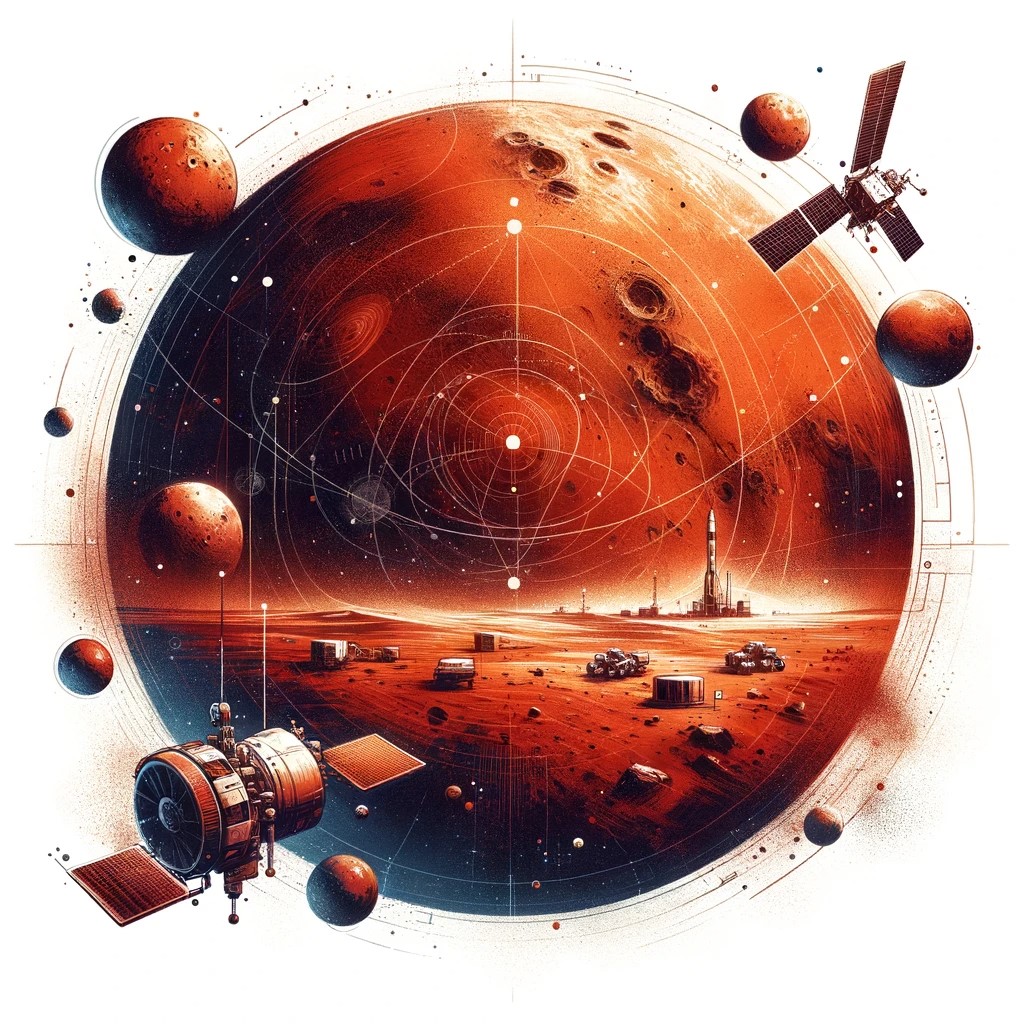
Mars gets this nickname because of its distinctive reddish color, which makes it stand out in our night sky. And do you know what gives it such a distinctive hue? None other than iron oxide, also known as rust. Yes, Mars is basically one big rusty planet!
Positioned as the fourth planet from the Sun, Mars has captured the imagination of astronomers and space lovers for centuries. Not only for its color, but also for being a prime focus for future human exploration and a constant target for robotic missions.
So, the next time you look up at the sky and see that little red spot, think of all the possibilities Mars represents for science and space exploration – Mars, the ‘Red Planet’, a world of wonders waiting to be discovered!
In what year did the United States declare its independence?

Brace yourselves, because we’re going to July 4, 1776. On that day, the 13 American colonies proclaimed their independence from British rule, marking the birth of the United States of America. This historic event is commemorated as Independence Day, and marks the adoption of the Declaration of Independence, drafted primarily by Thomas Jefferson.
But let’s not just stay on the surface. This moment was the height of intense discussions, passionate debates and, yes, even some confrontations with pitchforks and all. Independence wasn’t just a signature act; it was the result of the determination, courage and vision of a group of people who dreamed of a different future.
So, the next time you celebrate the Fourth of July, remember that you’re commemorating much more than a date on a calendar. You are celebrating the spirit of freedom, courage and vision that shaped a nation. 1776, a year to remember!
What is the largest ocean on earth?
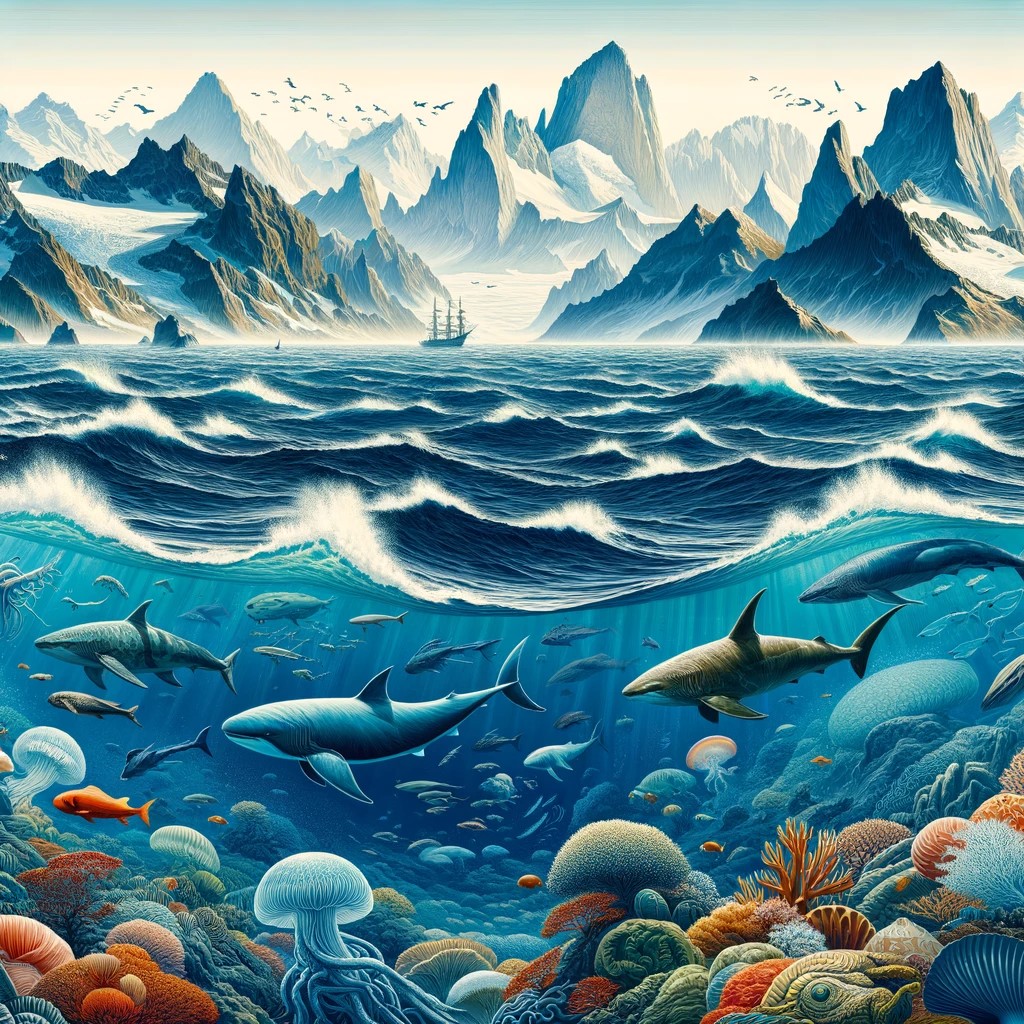
When it comes to vastness and depth, one ocean takes the trophy: the Pacific Ocean! This immense body of water is the largest and deepest of the Earth’s oceanic divisions. Imagine this: if the Pacific were a country, it would be by far the largest in the world, encompassing an area that exceeds the sum of all land masses.
But the Pacific is not just large in size. It is a world unto itself, home to underwater wonders, exotic islands and a biodiversity that defies imagination. From abyssal depths to tropical beach paradises, the Pacific is a testament to the beauty and majesty of nature.
So, the next time you find yourself gazing at the horizon where the sky merges with the sea, remember that you are facing the giant of the oceans, a vast and impressive aquatic world that continues to captivate explorers and dreamers. The Pacific Ocean, a titan that gently dominates the waters of our planet!
What ancient wonder was located in Babylon?
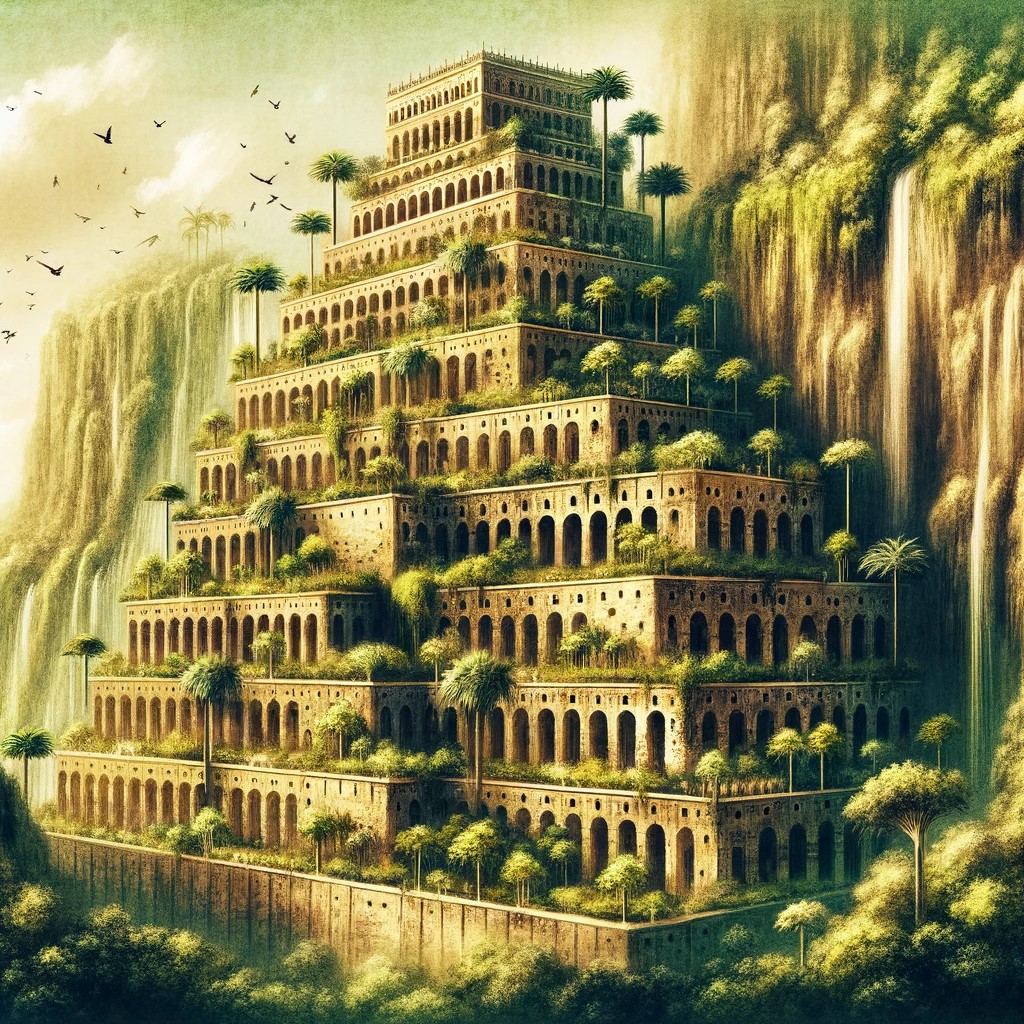
We speak of the legendary Hanging Gardens of Babylon, a wonder of the ancient world that is said to have been located in the vibrant city of Babylon, near what we know today. Although historians debate their actual existence and precise location, these gardens are often associated with King Nebuchadnezzar II.
Imagine a series of tiered gardens, filled with a variety of plants and trees, creating the impression of a green, elevated oasis in the middle of the city. A true challenge to the engineering and architecture of the time, it still captivates our imagination and piques our curiosity today.
So, as you ponder the mysteries of the past and the ability of ancient civilizations to create beauty and wonder, remember the Hanging Gardens of Babylon, a jewel of history that, whether they existed or not, remind us of the ingenuity and creativity of the human spirit.
Which element has the chemical symbol F?

Fluorine is a member of the halogen group and is known to be the most reactive and electronegative of all the elements. Its reactivity is such that it forms compounds with almost all other elements, including some noble gases. In addition, it has the peculiarity of forming extremely strong bonds, especially with carbon, which makes it a key component in many chemical products and high-tech materials.
From strengthening the enamel on our teeth to aiding in the manufacture of medicines and refrigerants, fluorine is a true star in the vast universe of chemistry. So the next time you see that “F” on the periodic table, remember that you’re looking at an element that, despite its simplicity, has the power to transform and improve many facets of our world.
Who was the greek philosopher known for the Republic?
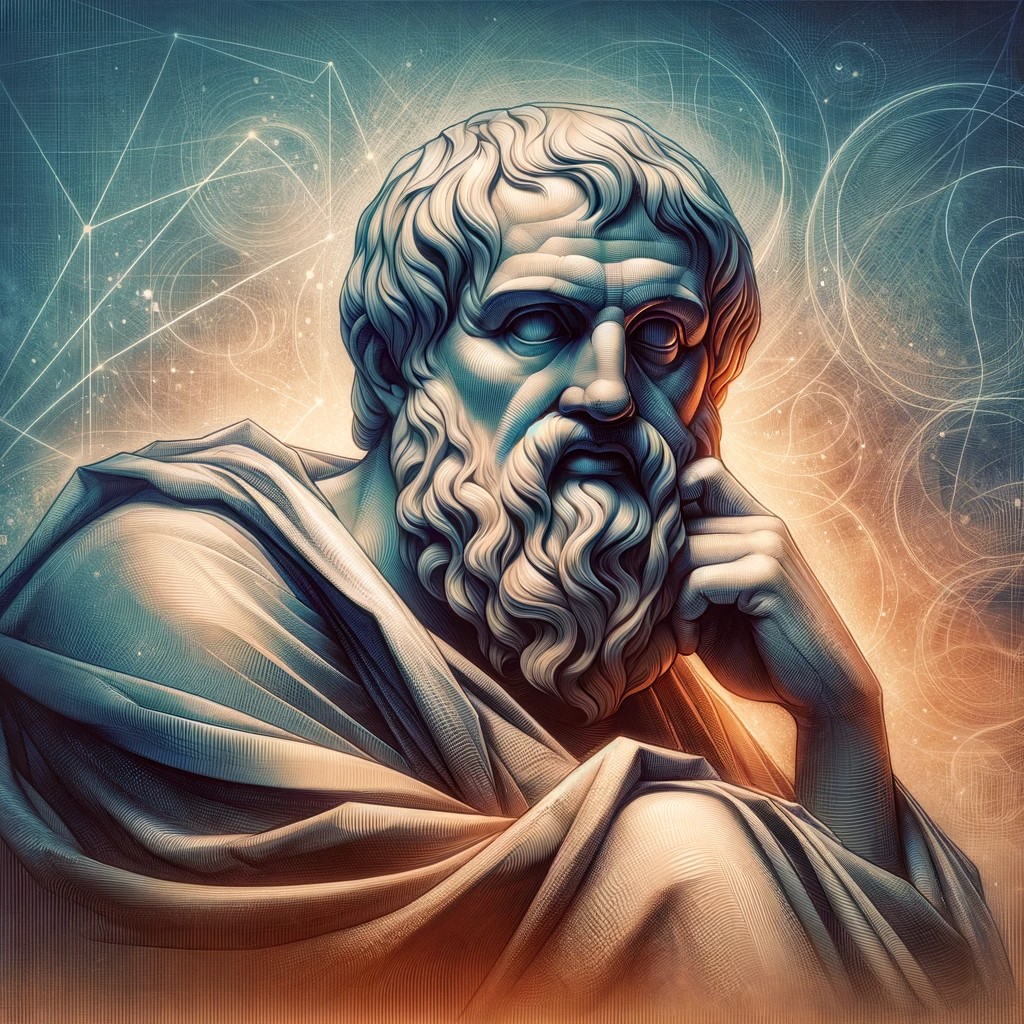
Plato was not only a renowned thinker, but also an innovator in the field of philosophy. Born around 428-427 BC, he was a disciple of Socrates and teacher of Aristotle, thus forming one of the most influential triads in Western thought. “The Republic” is one of his best known works, in which he explores themes such as justice and the ideal state, while his “Symposium” is a profound dialogue on the nature of love.
Plato didn’t just leave us his philosophical dialogues; he gave us a legacy that has shaped the very basis of Western thought and philosophy. So, the next time you find yourself pondering life’s big questions, remember that you are following in the footsteps of Plato, a master in the art of reflection and the search for truth.
In what year was the first moon succesful landing?
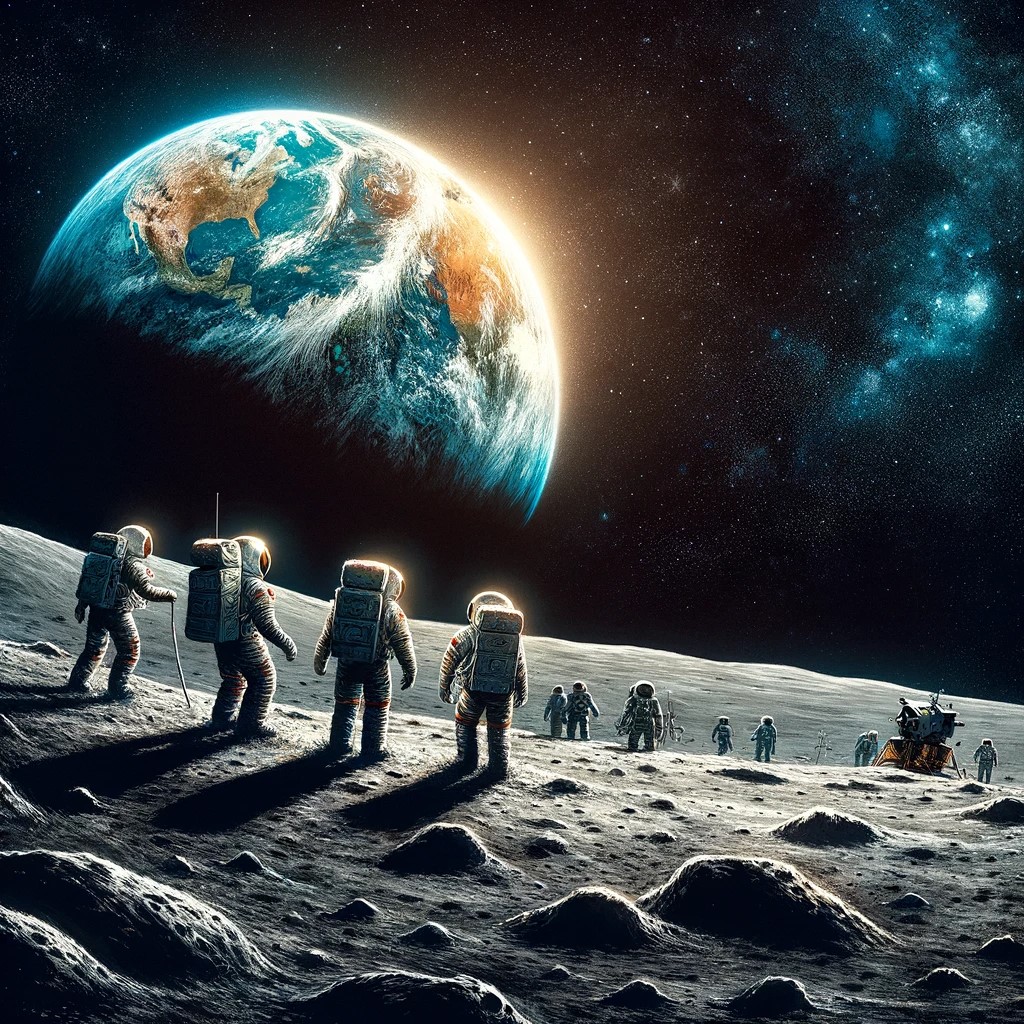
Get ready to mark your cosmic calendar for July 20, 1969. On that day, NASA’s Apollo 11 mission wrote a new page in the history of space exploration. Neil Armstrong, Buzz Aldrin and Michael Collins (whom we cannot forget) became the protagonists of this epic lunar adventure.
While Michael Collins piloted the command module into lunar orbit, Armstrong and Aldrin descended to the lunar surface, becoming the first human beings to set foot on our natural satellite. And, how can we forget Armstrong’s famous words as they descended: “one small step for man, one giant leap for mankind”.
So, every time you look up at the moon in the night sky, remember that it is much more than a beautiful sight; it is a reminder of what we can achieve when our eyes, dreams and efforts are directed towards the stars. 1969, the year the moon became a destination and not just a dream!
What is the smallest bone in the human body?

The stapes, the smallest bone in the human body!
This tiny but crucial bone is located in the middle ear and is also known as the “stapes bone” because of its shape similar to a riding stirrup. It is one of the three ossicles of the ear and plays a vital role in the hearing process, transmitting sound vibrations from the eardrum to the inner ear.
Despite its size, the stapes is a true giant in terms of importance, highlighting the wonders and precision of the human auditory system. So, the next time you enjoy your favorite music or immerse yourself in a fascinating conversation, remember that there is a microscopic hero working tirelessly to make that miracle of hearing possible.
Which civilization built Machu Picchu?

This impressive site was built by the great Inca civilization, specifically during the 15th century under the reign of the Inca emperor Pachacuti. Although it was initially thought that Machu Picchu may have been a refuge during times of war, it is believed that it actually served as a royal estate or sanctuary for the Inca elite.
The majesty of Machu Picchu lies not only in its impressive architecture and remote location, but also in the mystery surrounding its purpose and construction. To this day, it remains a symbol of the engineering and vision of a civilization that, though long gone, continues to speak to us through the stones they meticulously carved and assembled.
So, the next time you think of ancient adventures and mysteries, remember Machu Picchu, a testament to the greatness of the Inca civilization and a reminder that, even in the most remote places, human greatness can leave an indelible mark.
Who formulated the laws of motion and universal gravitation?
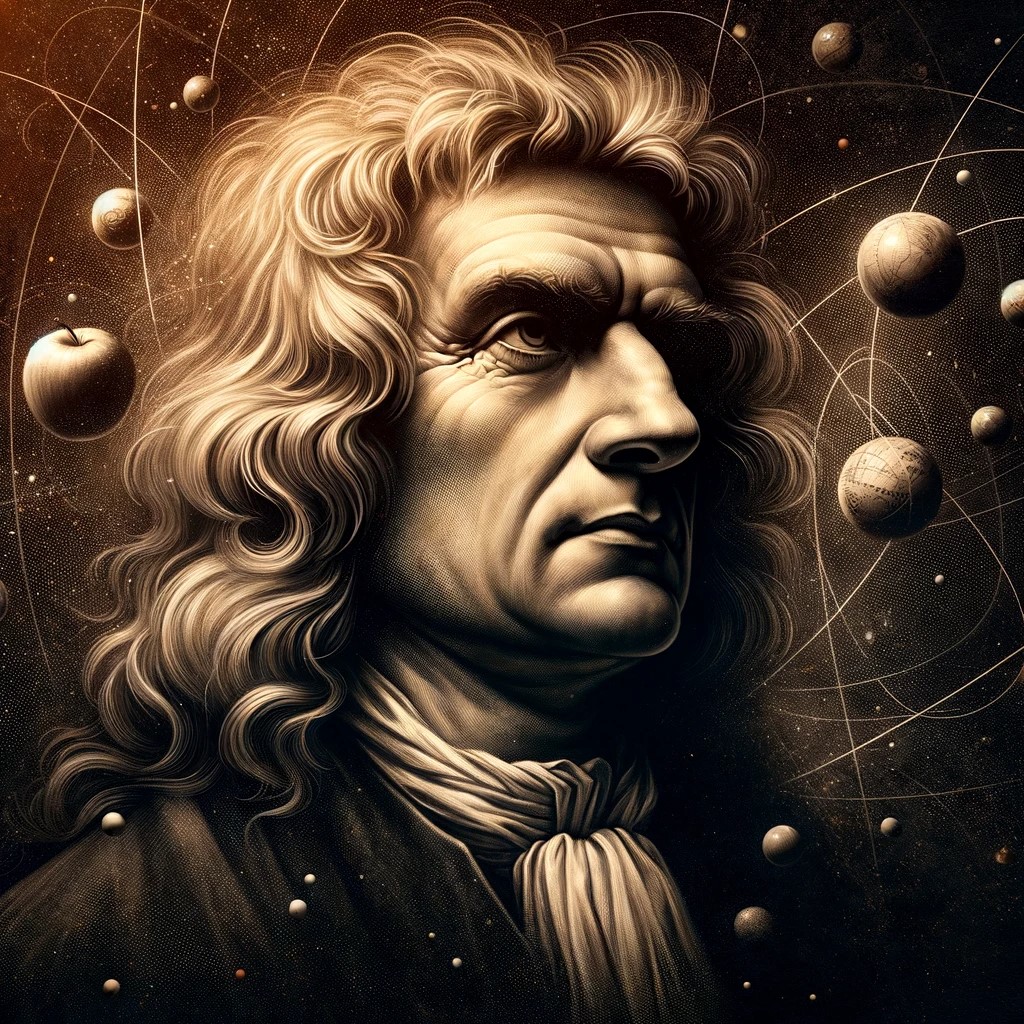
Newton was not only a brilliant mathematician, but also a physicist and astronomer who transformed our understanding of the world. Born in 1643, his monumental work, Philosophiae Naturalis Principia Mathematica (Mathematical Principles of Natural Philosophy), published in 1687, laid the foundations of classical mechanics and provided a comprehensive understanding of the laws governing motion and gravity.
It is difficult to overstate Newton’s influence on science. His laws of motion and his law of universal gravitation not only explained the motion of celestial bodies, but also laid the foundation upon which centuries of scientific discovery would be built. In fact, even Albert Einstein, whose theories of space-time expanded and refined Newton’s work, was a great admirer of this titan of science.
So, every time you see an apple fall or look up at the stars in the night sky, remember that you are witnessing the universal laws that Newton helped to discover and explain, a legacy that continues to illuminate the path of human knowledge.
What is the largest organ in the human body?

The skin is not just an outer layer; it is a complex, multifunctional organ that plays a crucial role in protecting our body. It acts as a protective barrier, regulates temperature, prevents dehydration and acts as a sensory organ. It is composed of three layers: the epidermis, the dermis and the hypodermis.
More than just a covering, the skin is a dynamic shield that connects us to the outside world while protecting the universe within. With its vast surface area and weight, it takes the title of the largest organ in the human body. So, the next time you take care of your skin, remember that you are nourishing and respecting the largest and one of the most important organs in your body.
Which planet is known as the ‘Morning Star’ and the ‘Evening Star’?
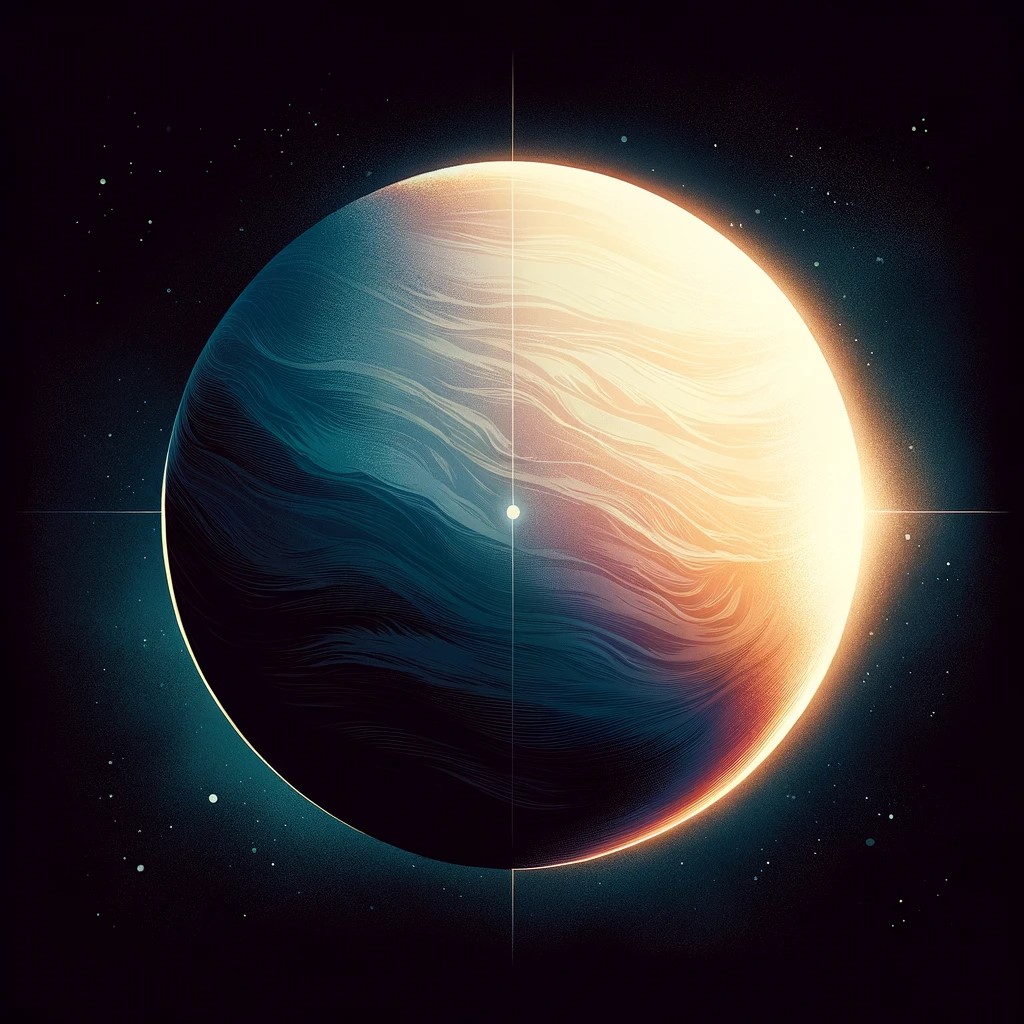
Venus, with its dazzling brightness, is known as both the ‘Morning Star’ and the ‘Evening Star’. This phenomenon occurs due to the orbit of Venus around the sun, which positions it at certain times on one side or the opposite side of the sun, as seen from Earth. When Venus is visible in the eastern sky before sunrise, it is called the ‘Morning Star’. Similarly, when it is seen in the western sky after sunset, it becomes the ‘Evening Star’.
This duality of Venus as the herald of day and evening has captured the imagination of poets, astronomers and dreamers over the centuries. So, the next time you observe that bright spot in the sky, remember that you are looking at Venus, a planet with a celestial personality as rich as its history in our culture and lore.
What ancient wonder was located in Ephesus?
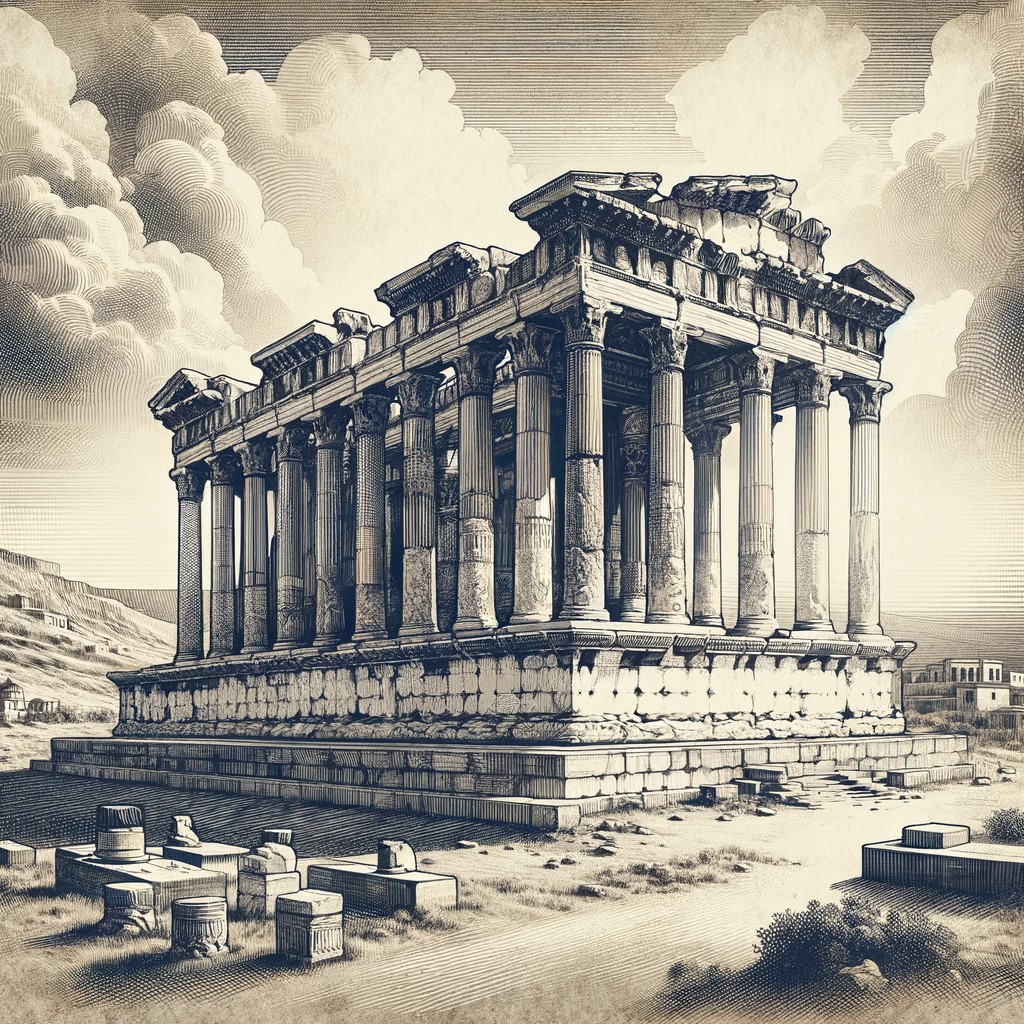
Today we travel back in time to the ancient city of Ephesus to discover one of the most impressive works of antiquity: the Temple of Artemis!
This magnificent temple, dedicated to the Greek goddess Artemis, was known as one of the Seven Wonders of the Ancient World. The Temple of Artemis was not only a place of worship, but also a masterpiece of architecture and art. With its grandeur and detailed ornamentation, this temple captured the admiration of travelers and scholars of its time and continues to do so to this day.
Although the temple suffered multiple destructions and reconstructions throughout its history, its legacy endures as a testament to human greatness and its ability to create beauty that defies time. So, when you think of the cultural richness and ingenuity of ancient civilizations, remember the Temple of Artemis in Ephesus, a jewel of history that continues to shine through the centuries.
Which planet is known for its ring system?
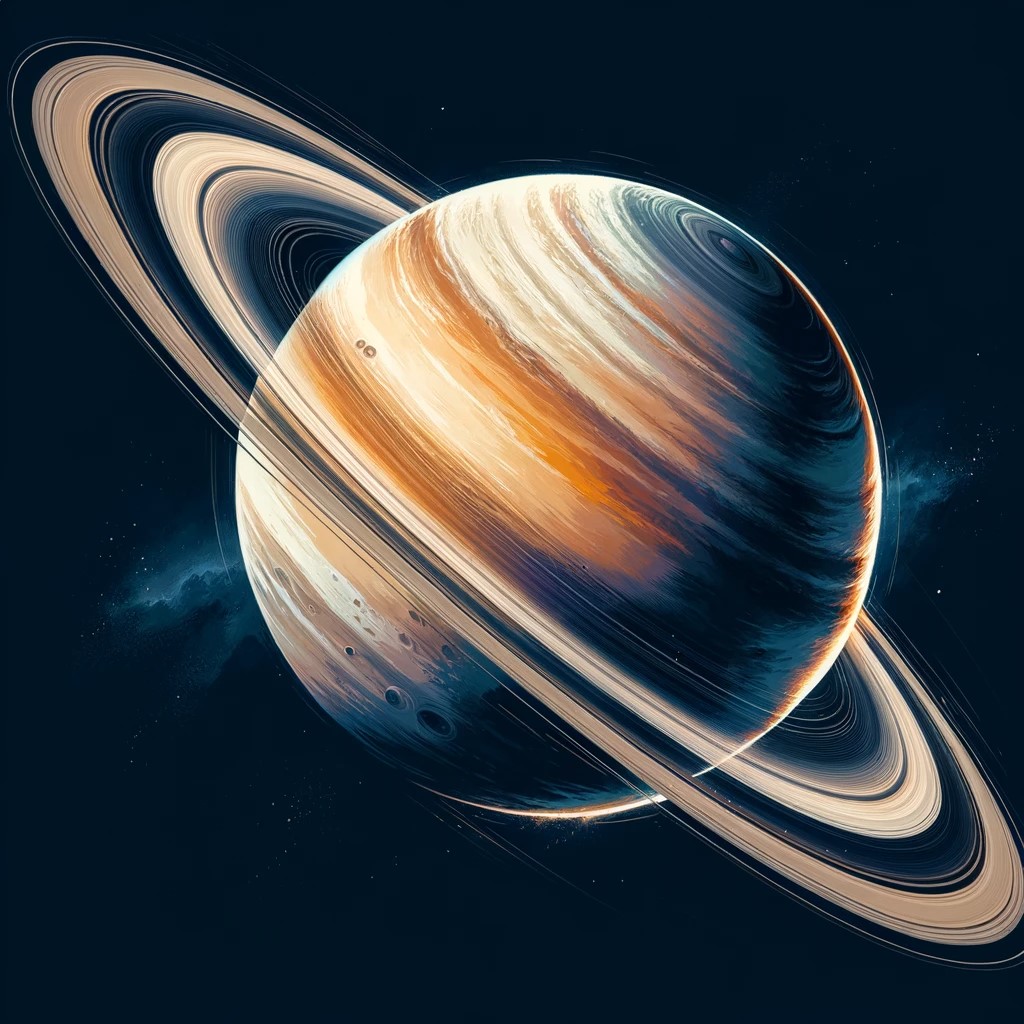
Today we turn our gaze skyward to admire one of the most dazzling spectacles in the solar system: Saturn and its famous ring system!
Saturn, the sixth planet from the Sun, is renowned for its spectacular ring system, a parade of ice, rocks and dust orbiting the planet. These rings are not only a visual marvel; they are also one of the most distinctive features of our solar system, visible even with a small telescope from Earth.
Although Saturn is a gas giant, similar in composition to Jupiter, it is its impressive ring system that sets it apart and makes it one of the most admired and studied celestial bodies. So, the next time you look up at the night sky and contemplate the wonders of the cosmos, remember Saturn, a planet that not only captivates with its size and mystery, but also shines with the beauty of its unique celestial corona.
Which planet of our solar system is the hottest?

Today we’re going to turn up the heat as we explore the furnace of our solar system, the planet known for having the highest temperatures: Venus!
Contrary to what many might assume, Venus, not Mercury, holds the title of the hottest planet in our solar system. Despite being the second planet closest to the Sun, temperatures on Venus can soar up to a scorching 467 degrees Celsius. This extreme heat is not solely due to its proximity to the Sun, but also to its dense atmosphere, rich in carbon dioxide, which traps solar radiation through a runaway greenhouse effect.
So, the next time you’re looking for a bit of warmth, remember that Venus has more than enough to share. But don’t forget, this planet is much more than just a scorching desert; it’s a fascinating reminder of the powerful effects that atmosphere and geology can have on planetary climate.
Conclusion: A Journey Through Knowledge and Wonder
Throughout this blog, we’ve embarked on a fascinating journey through space, time, and humanity. From the depths of space, observing Jupiter, the gas giant, and Saturn with its majestic rings, to reflecting on the feats of ancient civilizations that erected wonders like the Temple of Artemis and Machu Picchu. We’ve delved into the mysteries of science with Sir Isaac Newton and uncovered the secrets of our own bodies by discovering the tiny yet essential stapes bone.
Each topic has been a window into the complexity and beauty of our world and beyond. They have reminded us of the insatiable curiosity of the human spirit and its relentless pursuit of knowledge and understanding. Through the centuries, whether gazing at the stars, constructing wonders, or unraveling the mysteries of nature, we have continued our journey into the unknown.
I hope this blog has been not just a source of information but also an inspiration to keep questioning, exploring, and discovering. Because with each answer we find, new questions emerge, and with each horizon we reach, new ones appear. So let’s keep the flame of curiosity alive and continue moving forward on this incredible journey that is knowledge and life.
I invite you to visit my previous post: Massages in Thailand. How does it work and how to spot them.